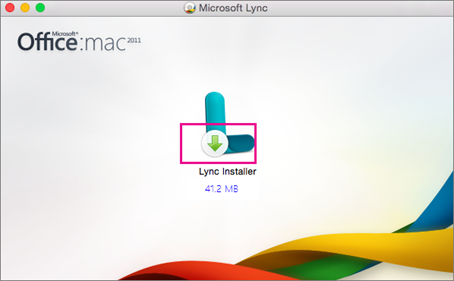Where Is Recover Unsaved Documents In Office For Mac 2011
Posted : admin On 10.02.2019R is a language and environment for statistical computing and graphics. It is a GNU project which is similar to the S language and environment which was developed at Bell Laboratories (formerly AT&T, now Lucent Technologies) by John Chambers and colleagues. Python 3.4 for mac. R for Mac OS X Developer's Page This is the new home for experimental binaries and documentation related to R for Mac OS X. To learn more about the R software or download released versions, please visit www.r-project.org. All software on this page is strictly experimental and subject to acceptance of the supplied R license agreement and the disclaimer at the end of the page. R for Mac OS X. This directory contains binaries for a base distribution and packages to run on Mac OS X (release 10.6 and above). Mac OS 8.6 to 9.2 (and Mac OS X 10.1) are no longer supported but you can find the last supported release of R for these systems (which is R 1.7.1) here. Click on Download R for (Mac) OS X. Click on Download R-3.4.1.pkg (or a newer version) or you use the following direct link: R-3.4.1.pkg. Download RStudio Desktop for mac from the RStudio.
 To tell you the truth, Word Document can auto save itself so it's a big chance to recover it when you lose it. So if you can find out the temporary files after the recovery operation, change its name and save then you can get it back in the original file type. It's better to save the Word Document aroud 5-10 minutes by clicking 'Command+S' when you are working on it. How to create smart folders in outlook 2016 for mac. This can protect the Word files away from file loss.
To tell you the truth, Word Document can auto save itself so it's a big chance to recover it when you lose it. So if you can find out the temporary files after the recovery operation, change its name and save then you can get it back in the original file type. It's better to save the Word Document aroud 5-10 minutes by clicking 'Command+S' when you are working on it. How to create smart folders in outlook 2016 for mac. This can protect the Word files away from file loss.
Unsaved files are gone. You can: •Look in your trash for a 'Recovered items' folder •Go to the Finder, select Go > Go to folder, type /private/var/folders and look for files named 'Word Work File' inside a 'Temporary items' folder. Option drag files or folders to the Desktop (or anywhere else) before dropping them on Word's icon. Hi, Can anyone advise how I recover an unsaved word document on OSX 10.8.4 using office 2011?
Yesterday morning my colleagues Excel 2011 (on Mac OSX 10.8) crashed. He reopened Excel and was asked if he wanted to recover the previous document.
• In the AutoRecover box, enter the number of minutes you want as the interval between saving AutoRecover information. Each time that the application saves AutoRecover information, it waits for the number of minutes that you specify here to pass before saving AutoRecover information again. When you open a document in Word for Mac 2011 that was created in an earlier version of Word, either Word for Mac or Word for Windows, compatibility mode is turned on. [Compatibility Mode] shows in the title bar of the document window. Compatibility mode indicates that the document was created in an earlier version of Word or was saved in an earlier file format. In compatibility mode, no new or improved features in Word 2011 are available.
• Open a new document. • On the File menu, click Save As. • In the Save As box, type a name for the document.
This will make the Library folder visible (if you don’t press Alt you won’t see it – and you have to keep Alt pressed or it will vanish). • Next go to the following folders: Application Support > Microsoft > Office > Office 2011 AutoRecovery. • When you see the Office 2011 in this view you will be able to locate your file. How to find the AutoRecovery folder in Word 2016 Those using Word 2016 have more of a challenge on their hands. Here’s how to find AutoRecover in Word 2016: • In Word 2016, the AutoRecovery folder is buried deep in the system and requires your Mac to display hidden files, so the first step is to reveal these secret folders, to do so we recommend following our advice here: How to show hidden files and folder on a Mac. • With this done you’ll need to open Finder then click on the Home icon in the left-hand column (it’s usually accompanied by your name). Now navigate to the following folder: Library/Containers/com.microsoft.Word/Data/Library/Preferences/AutoRecovery/ • If you have any AutoRecovery files then they will be in here.